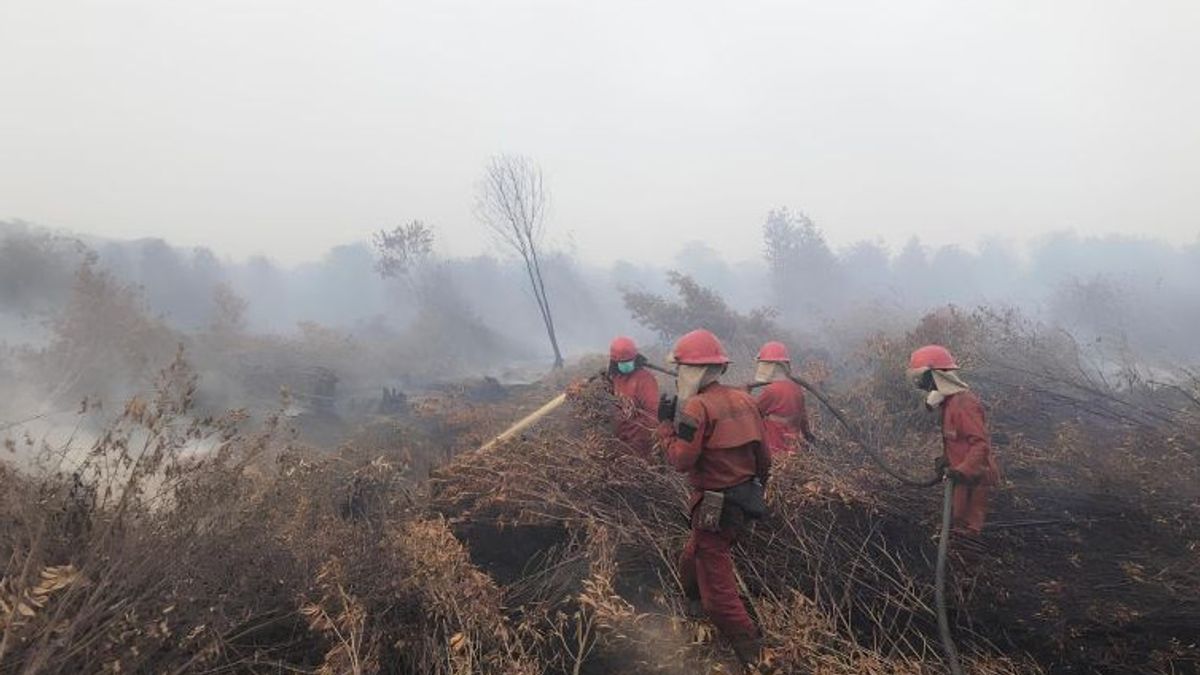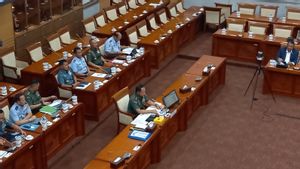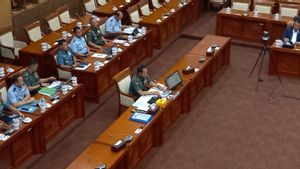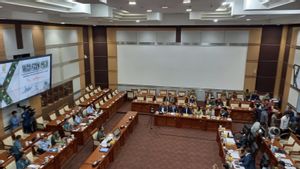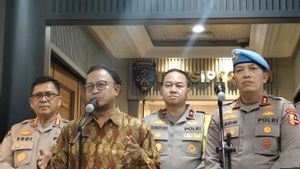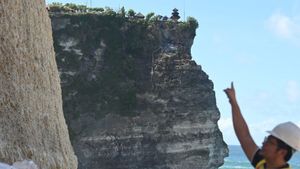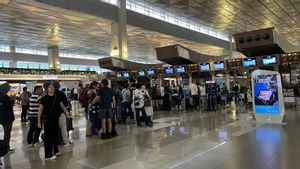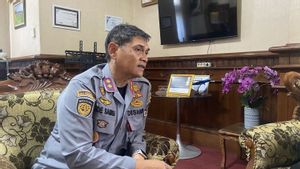JAKARTA - The National Research and Innovation Agency (BRIN) revealed that anthropogenic activities related to human activities in land clearing, peat drying, and large-scale plantation expansion often cause forest and land fires.
BRIN Center for Legal Research, Layy Nurhidayah, said the big fire that occurred in 2015 had triggered Indonesia to create a peat restoration program.
"People who care about fire (MPA) are the main actors in handling fire prevention and control at the site level," he said in a cultural discussion entitled community-based fire control and peatland restoration reported by ANTARA, Monday, November 13.
Layly said that fire-careing communities play an important role in preventing and restoring peatlands in Indonesia.
Through research conducted in 2019, BRIN researched the fire-care community in six villages in Riau and Central Kalimantan.
Modeling using a cohesive fire control strategy focuses on three areas, namely the resilience ecosystem, the development of fire adaptation by the community, and the implementation of fire control strategies.
"Every village we meet actually has a similar pattern that the peat ecosystem has been damaged," said Layy.
In Lukun and Temusai Villages, Riau has large-scale plantation activities. Land clearing by the company causes changes in water hydrology in the Peat Hydrological Unit (KHG).
Layly revealed that the change in peat ecology due to land clearing has caused drought due to the peat ecosystem that has changed.
In the 1980s, Temusai Village began to experience changes with the large number of oil palm plantations carried out by the local community.
SEE ALSO:
This anthropogenic activity affects peat hydrology. The local community acknowledged that the water had become somewhat reduced since the massive land clearing for plantations.
"They admit there has been a change after the (plant). Although they may say that palm oil is profitable for them economically," said Layly.
Non-governmental organizations Monitoring Peat which focus on the protection and sustainability of peatlands in Indonesia view that cases of peat fires that occur repeatedly in the same location tend to be carried out intentionally to neutralize the acidity of the land.
Strategies to reduce the level of peat acid can be done with dolomite lime. However, that method requires a lot more cost and effort.
Campaign Manager and Advocacy Pantau Gambut Wahyu Perdana said charcoal was the simplest way to reduce soil acidity levels. So, that's why peatlands are often burned so that their acidity levels are reduced by charcoal from burning.
The English, Chinese, Japanese, Arabic, and French versions are automatically generated by the AI. So there may still be inaccuracies in translating, please always see Indonesian as our main language. (system supported by DigitalSiber.id)
